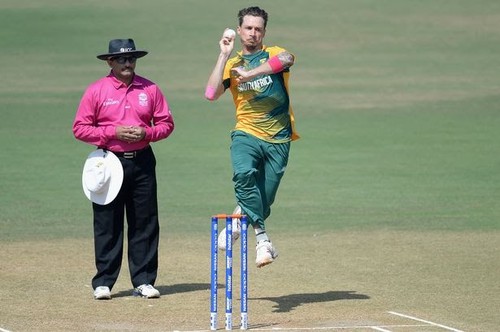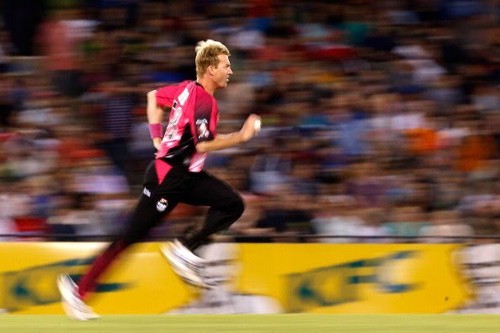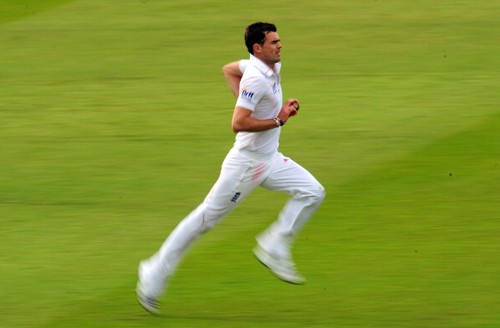In the last three parts we have learnt a few things about batting. Now, I would like to get you through some basic aspects of bowling as well, first fast bowling and then spin. Fast bowling is not only about bowling fast. A fast bowler has to have some skill set to taste success at any level, whether it be local cricket, club cricket, national or international, variation in his bowling is always wanted and desired by every team and captain he plays for and under. A fast bowler has to have a great built that will support him in not just bowling fast but also possess that high endurance and stamina to help him bowl for longer spells without getting fatigued. A fast bowler should have strong thighs, great core strength, good upper body with good shoulder strength. A fast bowler must be mentally strong and it is always liked if he/she is aggressive in nature too.

One of the most important parts of fast bowling is the build up or the run-up of a bowler. A fast bowler should have a smooth and easy to go run up. Something that will feel rhythmic and doesn't make the bowler tired. There are some examples which can be looked at as a fast bowler. Dale Steyn, Brett Lee and Glenn McGrath are perfect examples. When you look at Dale Steyn, he runs in in a straight line without wasting his energy, looks at the target he wants to land the ball, smoothly comes near to the crease, jumps rhythmically, gets into his set up, releases the ball and follows through. He's not too fast when he's running in to bowl neither is he slow, comes in at a normal speed and gets to his top speed(in the run up) when he's close to the bowling crease and releases the ball. Steyn generates pace more with his run up while Lee generates pace more with his strong action and hip.

Run-up
Different bowlers have different run-ups and your run-up can be of 20 or 25 paces or anything you're comfortable with. A drill you'd like to do for your run-up is mentioned below:
- Go to the bowling crease and mark your run-up. Again the length can be anything, but remember to mark your run-up according to what you're comfortable with. It shouldn't be too long and it shouldn't be too small. A long run-up can tire you and you'll end up losing a lot of energy and thus cannot bowl as fast as you could. While on the other side if your run-up is too small, you cannot generate enough momentum through to the crease and hence not hit your top speed.
- Mark your run-up and then start running through without holding the ball. Get a feel of your run-up and try to hit top speed in the last quarter of your run up.
- Now take the ball in your hand and again run through your run-up without releasing the ball. Do this a few times and when you feel you have got the rhythm and control over your run-up, release the ball.
- While you're running in you shouldn't move a lot, your body shouldn't be falling around, it should be aligned and running as straight as you can to save the energy.
- Try any type of release, whether it's side on like James Anderson or front on as Glen McGrath or semi side on as Dale Steyn or Brett Lee, anything that works for you and keeps you injury free.

Much more to come on fast bowling (and spin too). Stay tuned for more.
Comments